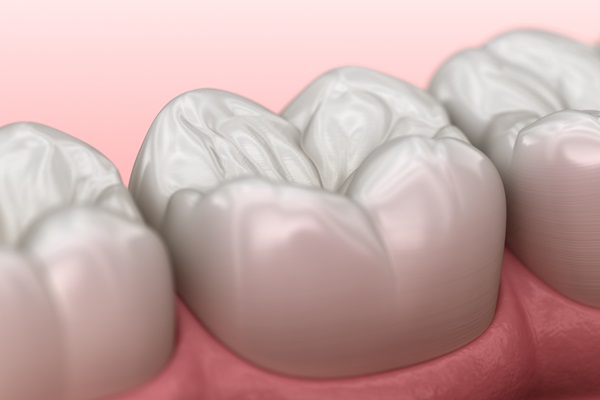Dental Filling Procedure Steps

Getting a dental filling is a helpful treatment method. It can restore the tooth’s optimal health. The right dental filling can seal the cavity and prevent the infection from advancing. If you want to know the steps involved in a dental filling procedure, here are the details.
Consultation
The dentist will perform a visual inspection of the patient’s teeth. This will enable the dentist to decide which teeth need fillings. A dental filling can repair small cavities and fractures. The dentist will use a detecting liquid and a dental probe to look into the problem teeth. The dentist may also need a dental X-ray to see the extent and location of the patient’s dental decay.
The dentist may recommend a specific type of dental filling to treat the cavity. There will also be choices for the type of sedation for the procedure. The dentist can use gold inlays, composite bonding, silver amalgam, porcelain, and glass ionomer. The most optimal material depends on the patient’s cavity, preference, budget, aesthetic needs, and medical history.
Preparation
It is important to make the patient comfortable first. This may involve some massagers or soft music to help the patient relax. The dentist will then administer the form of sedative discussed during the consultation. Once the patient is ready, the dentist will inject a local anesthetic into the area surrounding the tooth. This will increase the patient’s comfort during the procedure.
Distracting the patient is also important. The dentist can also offer some television viewing or music during the procedure. These activities will distract the patient from thinking about the procedure. They can help the patient become more at ease with the treatment chair. The patient will only feel movement and vibrations. There will be no pain at all.
Cavity removal
The dentist will start removing the decayed parts of the tooth as soon as the patient becomes numb and comfortable. A handheld grinding tool will help accomplish this. The patient will hear the sound and feel the pressure as the procedure happens. The dentist will stop when the decay is gone. A healthy-looking enamel will emerge. The dentist will then begin to prepare the tooth for the dental filling.
Placing the dental filling
The dentist will roughen the surface of the cavity with a gel or a fluid. This will allow the bonding material to stick to the cavity more effectively. The dentist will then place the dental filling. The most common type is composite dental filling. This tooth-colored filling gets into the pores of the tooth and seals it. The filling will protect the tooth from bacteria, food particles, biofilm, and saliva.
Completing the filling
It is important to make sure the patient’s bite is correct. The dentist will have the patient bite into a piece of paper. This will show the dentist where the tooth is hitting. The dentist will make sure the patient is comfortable with biting and chewing. The dentist will wait until the patient’s tooth is not numb anymore before doing this. Some patients tend to bite the same way when the mouth is numb.
A dental filling treatment aims to improve your dental health
Getting a filling will restore your damaged tooth. The dentist will instruct the patient how to care for it the right way at home. The filling will protect the tooth from bacterial infection. A follow-up appointment with your dentist will make sure your dental filling is doing its job.
Are you considering getting a dental filling in the Brooklyn area? Get more information at https://nybrooklyndental.com.
Check out what others are saying about our dental services on Yelp: Dental Fillings in Brooklyn, NY.
Related Posts
Dental fillings can last a long time, but they are not life-long restorations. Most fillings will need to be replaced after around a decade, with some types lasting longer than others. If you are wondering whether it is time to replace your old dental filling, be aware that as long as it is continuing to…
Cosmetic dental services should not be confused with restorative procedures. Cosmetic treatments aim to improve the way that your teeth and gums look, while restorative treatments are performed to restore the function of damaged teeth.However, many restorative treatments used in dentistry also provide cosmetic benefits. Crowns, for example, are designed to look like natural teeth.…
Cosmetic dental services can be used to repair worn-down teeth. Teeth can be eroded by acids in the mouth and the bite forces generated when chewing. They can also become damaged due to habits like chewing on ice or biting on fingernails.Worn-down teeth often lead to issues like toothaches because the more sensitive inner layer…
Cosmetic dental services often involve using tooth-colored restorations to restore damaged, decayed, or discolored teeth. Restorations, like crowns, can be made from materials like gold, silver, and metal alloys, but these materials look nothing like natural teeth. Most patients prefer restorations made from materials that share properties with real teeth, like porcelain, ceramics, and composites.…
